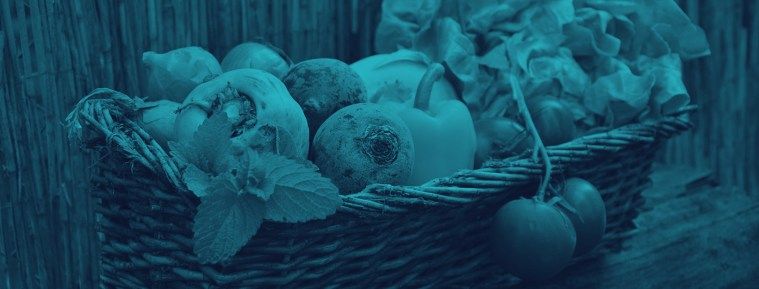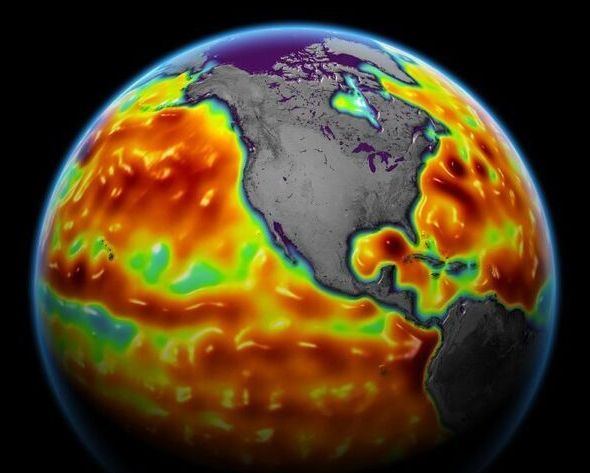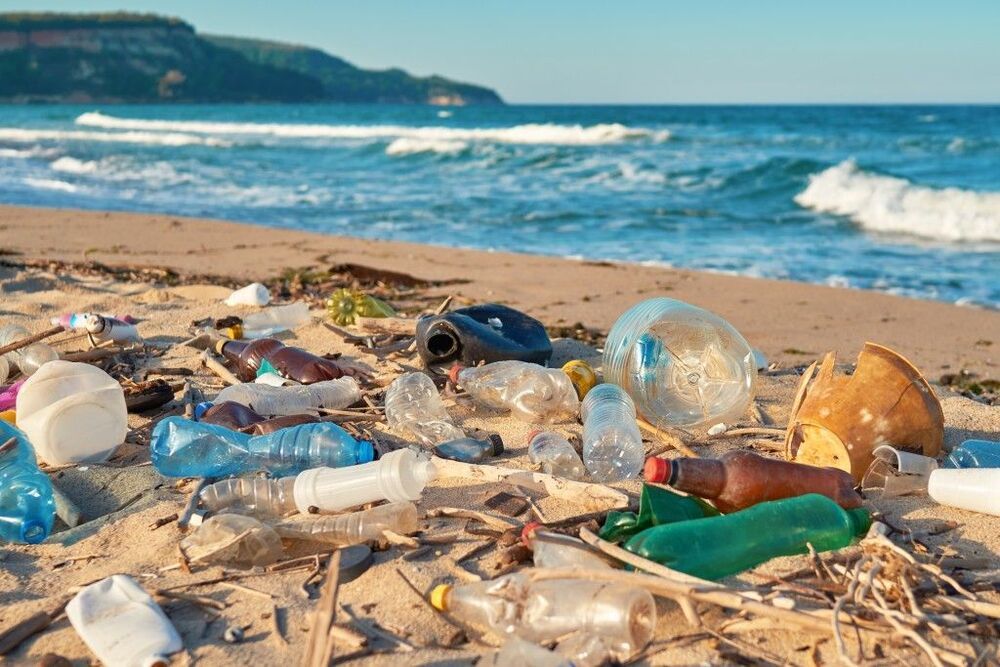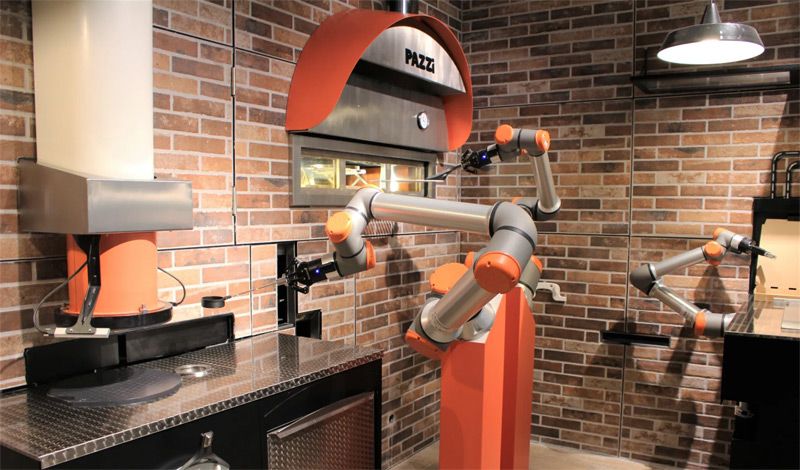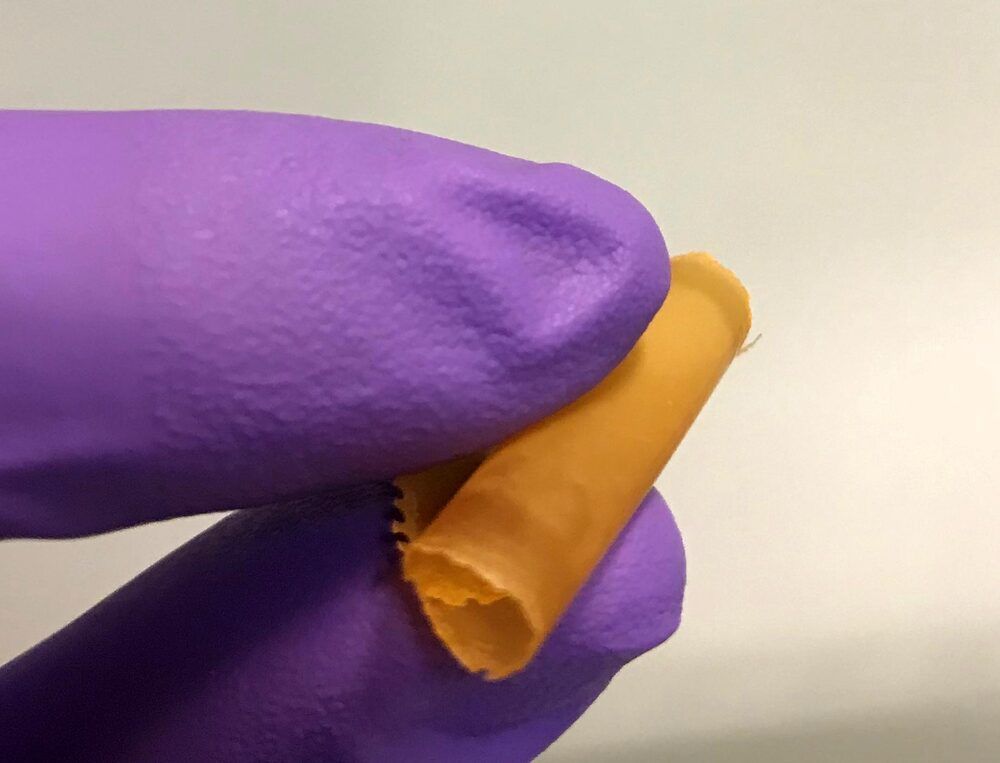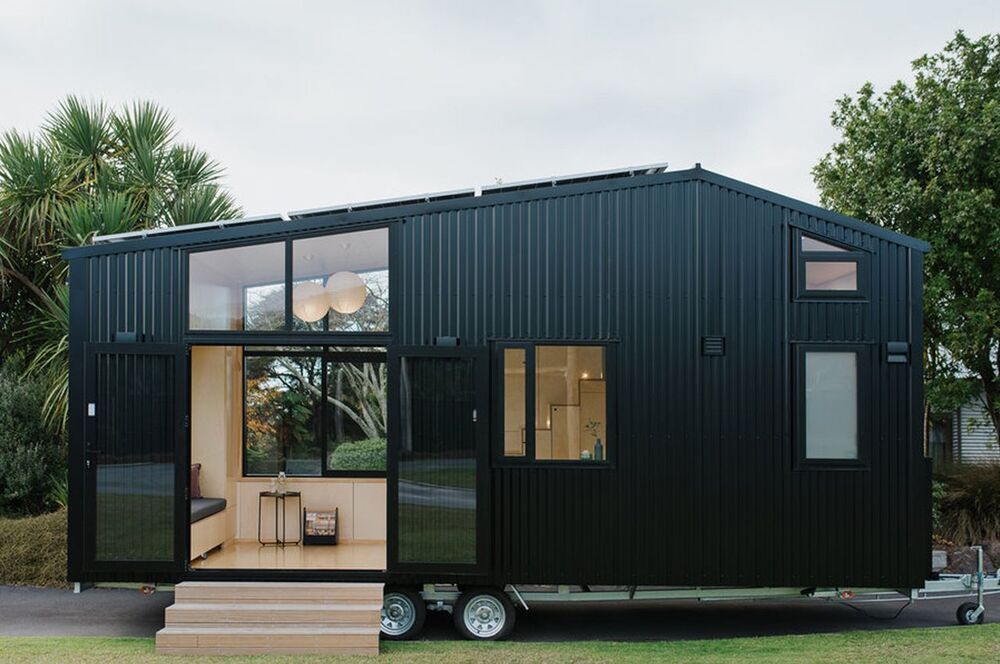A serving of mushrooms is just 0.08 kg of CO2 emissions—only lentils have a lower per serving CO2 emission level.
One common question J.P. and I get over and over again is about the problem of overpopulation—if human life extension is a humanitarian goal worth pursuing, won’t there be an inevitable environmental crisis? One worse than what we’re already facing?
When we covered the ethics of life extension we partially answered this question based on what we know about population and consumption trends now (tl;dr: we’re more likely to face a crisis of under population than overpopulation). That said, it’s practically impossible to be able to fully forecast environmental trends 50200, and further years into the future. We noted, “Spanners actually need to address it because we will have to continue living through the consequences of climate change if we don’t.”
In other words, if you’re interested in indefinitely extending your own life, sustainable eating should be a priority today because you’ll most likely be alive in the trash-filled, resource-scarce world of tomorrow.
